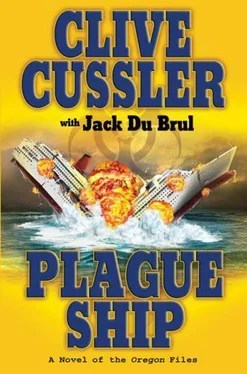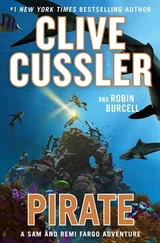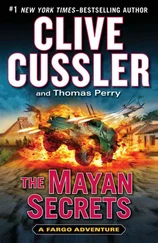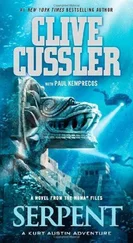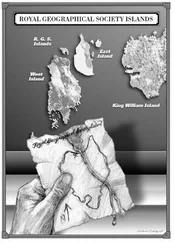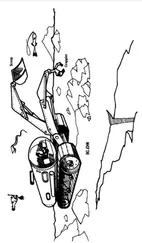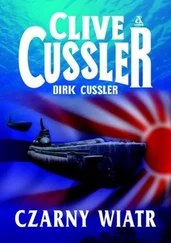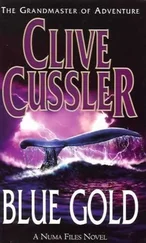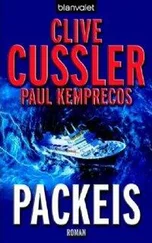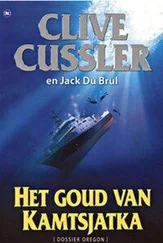Ebelhardt tapped Lichtermann on the shoulder and pointed to his log. Although the fore gunner kneeling at the front of the ventral gondola was the official navigator, Ebelhardt actually calculated their flight time and direction, and he was indicating that it was time for them to turn and search another swath of open sea.
Lichtermann applied rudder and eased over the yoke in an easy turn to port, never taking his eyes off the horizon, as the moon seemed to swing across the sky.
Ernst Kessler prided himself at having the sharpest eyes aboard the aircraft. When he was a boy, he would dissect dead animals he found around the family farm to learn their anatomy, comparing what he saw to books on the subject. He knew his keen vision and steady hands would make him an excellent doctor. His senses, however, were just as adept at finding an enemy convoy.
By rights of his aft-facing station, he shouldn’t have been the one to spot it, but he did. As the plane canted over, an unnatural glint caught his attention, a flash of white far from the moon’s reflection.
“Captain!” Kessler cried over the intercom. “Starboard side, bearing about three hundred.”
“What did you see?” The primeval thrill of the hunt edged Lichtermann’s voice.
“I’m not sure, sir. Something. A glimmer of some kind.” Lichtermann and Ebelhardt strained to see in the darkness where young Kessler had indicated, but there was nothing apparent.
“Are you sure?” the pilot asked.
“Yes, sir,” Kessler replied, forcing confidence into his reply. “It was when we turned. The angle changed, and I’m sure I saw something.”
“The convoy?” Ebelhardt asked gruffly.
“I can’t say,” Ernst admitted.
“Josef, get the radio powered up,” Lichtermann said, ordering the fore gunner to his ancillary position.
The pilot added more power to the BMW radial engines, and banked the aircraft once again. Their drone became a bit sharper, as the props tore through the air.
Ebelhardt had a pair of binoculars pressed to his eyes as he searched the blackened sea. Rushing toward a possible contact at two hundred miles per hour, he should spot the convoy any moment, but, as seconds grew into a minute and nothing revealed itself, he lowered the binoculars again. “Must have been a wave,” he said without keying the intercom microphone, so only Lichtermann heard.
“Give it a chance,” Lichtermann replied. “Kessler can see in the dark like a damned cat.” The Allied powers had done a remarkable job of applying dizzying camouflage patterns to their freighters and tankers, to prevent observers from seeing the ships from the surface, but nothing could hide a convoy at night, since the wakes that formed behind the vessels burned white against the ocean.
I’ll be damned, Ebelhardt mouthed, and then pointed through the windscreen.
At first, it was just a large patch of gray on the otherwise-dark water, yet, as they flew closer, the gray sharpened to become dozens of parallel white lines, as distinct as chalk marks on a blackboard. They were the wakes of an armada of ships, driving eastward as fast as it could. From the Kondor ’s altitude, the ships looked as plodding as elephants traveling in a herd.
The Kondor flew closer still, until the moon’s sharp glare allowed the crew to distinguish between the slower freighters and tankers and the slim wakes of destroyers set like pickets along each flank of the convoy. As they watched, one of the destroyers was making a fast run up the starboard side of the convoy, smoke pouring from her two stacks. When the destroyer reached the head of the convoy, it would slow again, and let the freighters pass it by, in what the Allies called an “Indian run.” At the tail of the mile-long convoy, the destroyer would accelerate once again, in a never-ending cycle. In this way, it took fewer combat vessels to provide cover for the convoys.
“There must be two hundred ships out there,” Ebelhardt estimated.
“Enough to keep the Reds fighting for months,” the pilot agreed. “Josef, how’s it coming with the radio?”
“I have nothing but static.”
Static was a common enough problem, working this far above the Arctic Circle. Charged particles striking the earth’s magnetic field were driven to ground at the poles and played havoc with the radios’
vacuum tubes.
“We’ll mark our position,” Lichtermann said, “and radio in our report when we get closer to base. Hey, Ernst, well done. We would have turned away and missed the convoy, if it weren’t for you.”
“Thank you, sir.” Pride was evident in the boy’s response.
“I want a better count of the convoy’s size, and a rough approximation of their speed.”
“Let’s not get so close that those destroyers open up,” Ebelhardt cautioned. He had seen combat firsthand and was flying second stick now because of a piece of shrapnel buried in his thigh, thanks to antiaircraft fire over London. He recognized the look in Lichtermann’s eye and the excitement in his voice. “And don’t forget the CAMs.”
“Trust me,” the pilot said with cocky bravado, and wheeled the big plane closer to the slow-moving fleet ten thousand feet below them. “I’m not going to get too close, and we’re too far from land for them to launch a plane at us.”
CAMs, or Catapult Aircraft Merchantmen, were the Allies’ answer to German aerial reconnaissance. A long rail was mounted over the bows of a freighter, and, with a rocket assist, they could launch a Hawker Sea Hurricane fighter aircraft to shoot down the lumbering Kondor s or even attack surfaced U-boats.
The drawback to the CAMs was that the planes couldn’t land back aboard their mother ship. The Hurricanes either had to be close enough to Great Britain or some other friendly area for the pilots to land normally. Otherwise, the plane had to be ditched in the sea and the pilot rescued from the water.
The convoy steaming below the Fw 200 was more than a thousand miles from any Allied territory, and even with the bright moon a downed pilot would be impossible to rescue in the dark. There would be no Hurricanes launched tonight. The Kondor had nothing to fear from the mass of Allied shipping unless it strayed within range of the destroyers and the curtain of antiaircraft fire they could throw into the sky.
Ernst Kessler was counting rows of ships when winking lights suddenly appeared on the decks of two of the destroyers. “Captain!” he cried. “Fire from the convoy!” Lichtermann could just make out the destroyers beneath his wing. “Easy, lad,” he said. “Those are signal lamps. The ships are sailing under strict radio silence, so that’s how they communicate.”
“Oh. Sorry, sir.”
“Don’t worry about it. Just get as accurate a count as you can.” The Kondor had been flying a lazy circle around the flotilla and was passing along its northern flank when Dietz, who manned the upper gun platform, shouted, “Incoming!” Lichtermann had no idea what the man was talking about and was a beat slow in reacting. A perfectly aimed string of 7.7mm machine-gun rounds raked the Kondor ’s upper surface, starting at the base of the vertical stabilizer and walking up the entire length of the plane. Dietz was killed before he could get a shot off. Bullets penetrated the cockpit, and, amid the harsh patter of them ricocheting off metallic surfaces and the whistle of wind through rents in the fuselage, Lichtermann heard his copilot grunt in pain. He looked over to see the front of Ebelhardt’s flight jacket covered in blood.
Lichtermann mashed the rudder and pressed hard on the yoke to dive away from the Allied aircraft that had come out of nowhere.
It was the wrong maneuver.
Launched just weeks earlier, the MV Empire MacAlpine was a late addition to the convoy. Originally built as a grain carrier, the eight-thousand-ton vessel had spent five months in the Burntisland Shipyard having her superstructure replaced by a small control island, four hundred and sixty feet of run-way, and a hangar for four Fairley Swordfish torpedo bombers. She could still haul nearly as much grain as she could before her conversion. The Admiralty had always considered the CAMs a stopgap measure until a safer alternative could be found. As it was, the Merchant Aircraft Carriers, or MACs, like the MacAlpine , were to be used only until England secured a number of Essex Class escort carriers from the United States.
Читать дальше
